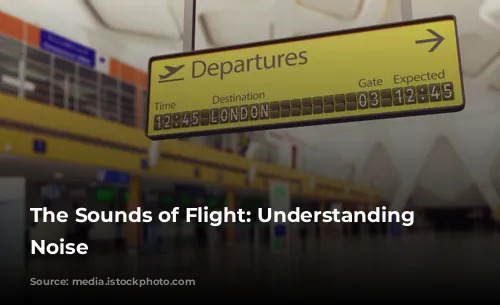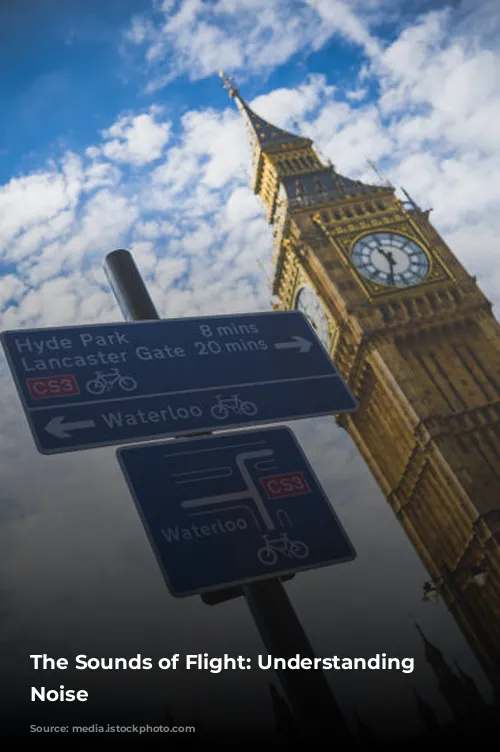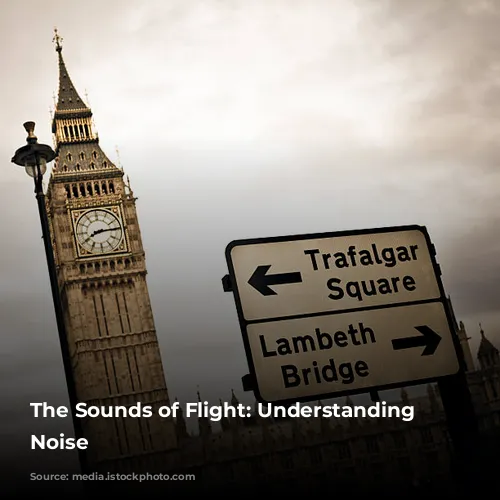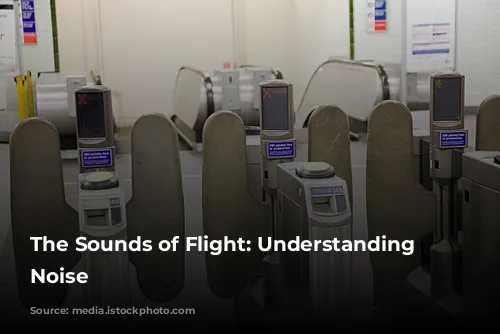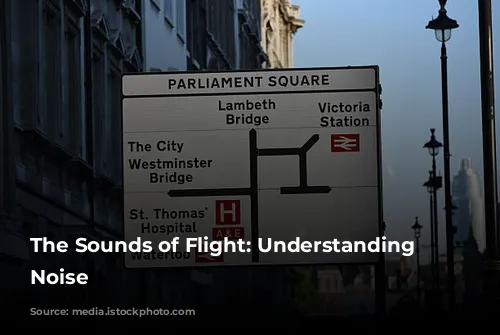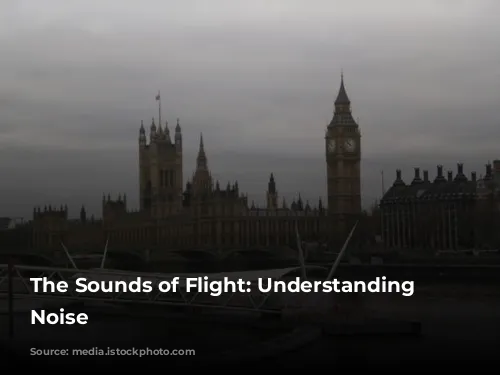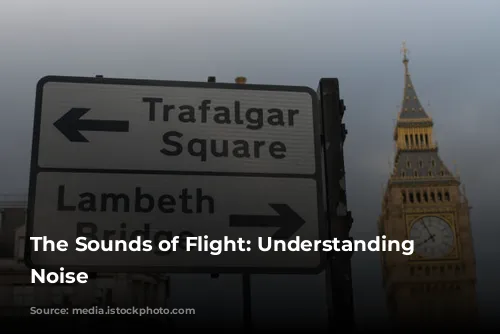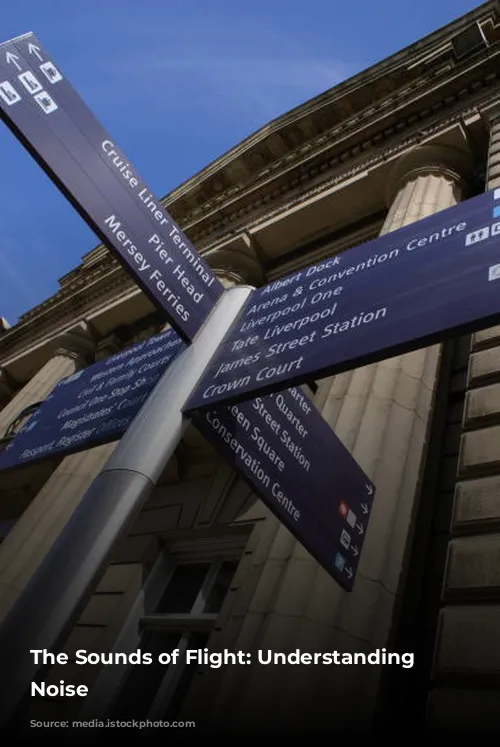Have you ever wondered why planes are so noisy? It’s a combination of factors: air rushing over the plane’s body and the roar of its engines.
Airframe Noise: The Plane’s Body in Motion
Imagine air flowing smoothly over a car as it drives down the road. Now picture a plane soaring through the sky. The air passing over its wings and fuselage (the main body of the plane) creates friction and turbulence. This constant rubbing and swirling of air is what generates the noise we hear. Even gliders, which don’t have engines, produce noise because of this interaction with the air.
The amount of noise varies depending on how the plane is flown. For example, landing planes with their flaps extended create more friction than planes with flaps retracted, resulting in a louder sound.
Engine Noise: The Power Behind the Wings
The engine itself also contributes to the noise. The moving parts inside the engine generate sound, and the high-speed expulsion of air after it passes through the engine also creates noise. Most of the engine noise originates from the exhaust or jet behind the engine as it mixes with the surrounding air.
Weather’s Impact: A Sound Amplification System?
The way we perceive aircraft noise is influenced by the weather. Calm, warm air allows sound waves to travel further, making the planes seem louder. Windy or rainy conditions, on the other hand, disperse sound waves, making the aircraft appear quieter.
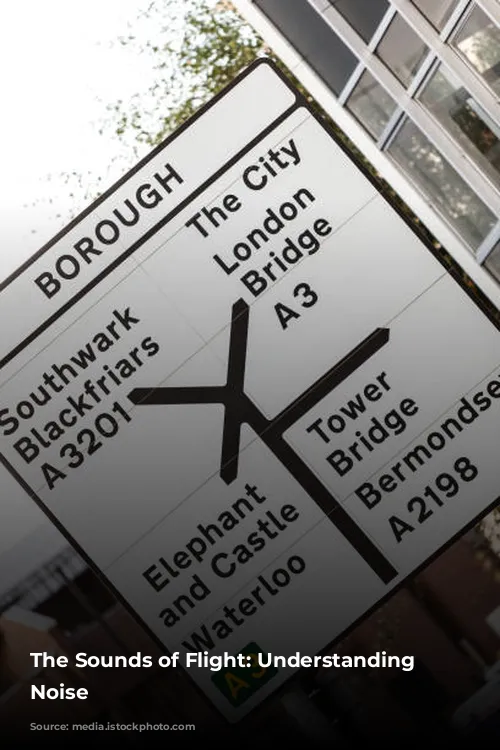
Managing Aircraft Noise: Taking Action for Our Communities
London Southend Airport is committed to minimizing the impact of aircraft noise on the surrounding communities. Noise Preferential Routes (NPRs) were introduced to direct planes on specific paths during takeoff. This ensures departing aircraft primarily fly over areas already under the airport’s arrival path, minimizing the number of residents affected.
Air Traffic Control (ATC) can also guide planes off the NPR at any time if needed for safety reasons, such as avoiding other aircraft or adverse weather.
A dedicated system closely monitors and logs aircraft track keeping, ensuring compliance with the NPR.
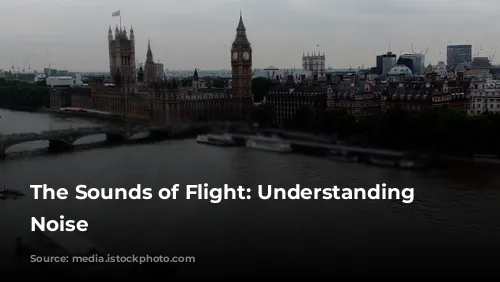
A Comprehensive Approach to Noise Reduction
The airport’s commitment to noise reduction is outlined in its Noise Action Plan (NAP), which details various measures to reduce or mitigate the impact of aircraft noise. This plan has been reviewed and approved by the Department for Environment, Food & Rural Affairs (Defra), demonstrating the airport’s dedication to environmental responsibility.
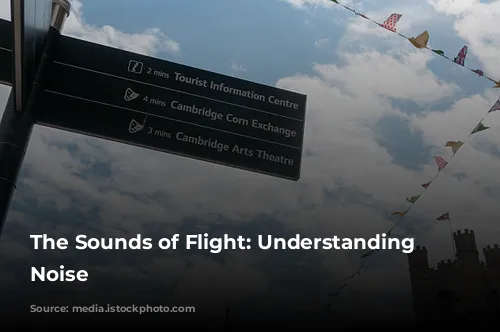
Measuring the Impact: Understanding Noise Levels
Aircraft noise is measured for several reasons: to understand the impact on the community and to track changes in noise levels over time. The UK uses a 16-hour average noise level during the summer months to evaluate noise. The measurement is expressed in decibels (dB), with the most common international measure being “LAeq” (equivalent continuous noise level). These noise levels are published in the airport’s annual report and are reviewed every two years.

Transparency and Communication: Engaging the Community
London Southend Airport prioritizes open communication and community involvement. The Airport Consultative Committee meets quarterly to discuss noise issues and other airport-related matters with local authorities, community groups, and airport users. The committee is mandated by the Civil Aviation Act 1982 and serves as a platform for dialogue and collaboration.
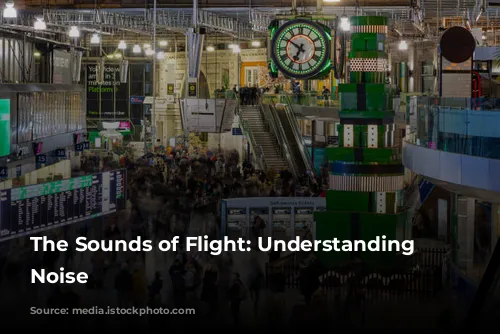
Online Tools and Resources: Staying Informed and Raising Concerns
The airport has launched WebTrak, a user-friendly online platform that allows residents to view aircraft movements in the area. Noise complaints can be submitted via WebTrak or by mail. The airport provides prompt responses to noise complaints, with confirmation emails sent within 24 hours.
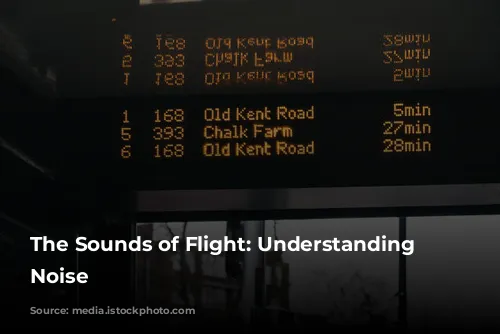
Addressing Common Concerns: Understanding Airport Operations
Common questions about airport noise are addressed in the airport’s frequently asked questions (FAQs). For example, residents living near the airport might hear noise even when there are no scheduled flights. This noise can be attributed to ground operations, such as aircraft taxiing or engine testing. The airport actively manages these ground noise sources to minimize their impact.
The airport also provides clear information about flight schedules, including the first and last passenger departures and arrivals. While passenger flights are typically scheduled to depart from 06:30, aircraft may be boarded and pushed back earlier, but departures will not occur before the designated time.
Delays to flights can happen due to unforeseen circumstances like bad weather or air traffic control issues. The airport and airlines work diligently to minimize delays, recognizing their impact on passengers and the airport’s operational efficiency.
Through these various measures and open communication, London Southend Airport strives to minimize noise impact on its surrounding communities and maintain a positive relationship with its neighbors.
